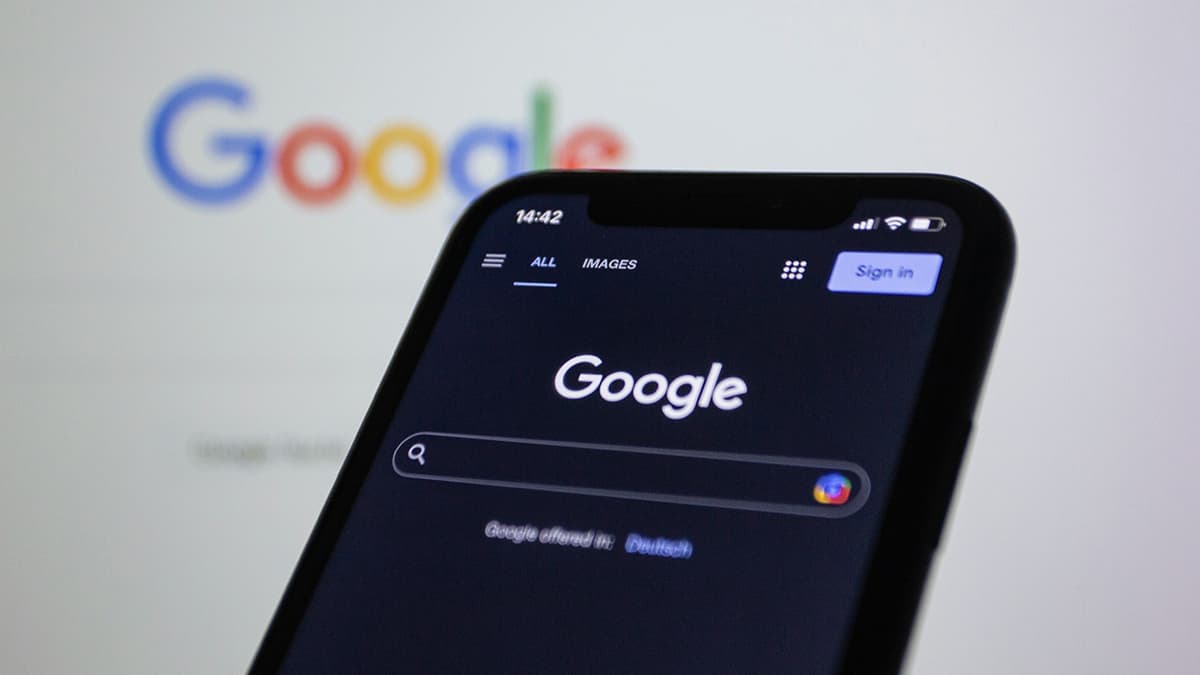Which App Development Tool Should You Use?
Want to build an app but don’t know which tool to use? Whether you’re targeting iOS, Android, or both, the right software can make a big difference—especially for beginners. Here are some top options to get you started.
Xcode: The Go-To for iOS Development
Xcode is the official tool for creating apps for iPhone, iPad, Apple Watch, and Mac. It’s provided by Apple and supports programming in Swift and Objective-C. With Xcode, developers can write code, design user interfaces, test apps using a built-in simulator, and submit them to the App Store—all in one place.
The Interface Builder makes it easy to create layouts using drag-and-drop components. This saves time and allows quick adjustments without writing extra code. Xcode also includes debugging tools, performance testing, and version control features.
Android Studio: The Standard for Android Apps
Android Studio is the official development environment for Android apps. It supports Java, Kotlin, and C++. Android Studio comes with a wide range of tools, including a code editor, emulator, layout designer, and performance analyzer.
The built-in emulator helps developers test apps on different screen sizes and Android versions without needing physical devices. Android Studio also includes real-time previews of app layouts and offers suggestions while coding, which helps catch errors early.
Visual Studio Code: A Lightweight, Flexible Editor
Visual Studio Code, often called VS Code, is a popular code editor used for many types of development, including mobile apps. While it’s not dedicated to mobile platforms, extensions like Flutter, React Native, and Cordova allow developers to build cross-platform apps using VS Code.
Its clean interface, support for multiple programming languages, and active community make it a reliable choice for developers looking for a lighter tool than full IDEs like Xcode or Android Studio.
Flutter: Build for iOS and Android with One Codebase
Flutter is a UI toolkit created for building natively compiled applications using a single codebase. It works with the Dart programming language and is known for fast development, thanks to features like hot reload. Developers can see changes instantly while editing code, which speeds up testing and debugging.
Flutter includes its own widgets, making it easy to create custom designs that work on both iOS and Android platforms.
React Native: JavaScript-Powered Mobile Apps
React Native is another popular choice for building mobile apps using one codebase. It uses JavaScript and allows developers to create apps that feel native. It’s supported by a large community and works well for projects that need to run on both iOS and Android with shared components.
React Native apps can access device features like cameras, GPS, and sensors through built-in APIs or third-party libraries.
There are many tools available for app development, each with its own strengths. Xcode and Android Studio remain the top choices for native iOS and Android apps. Choosing the right tool depends on the platform, team skills, and project goals.












